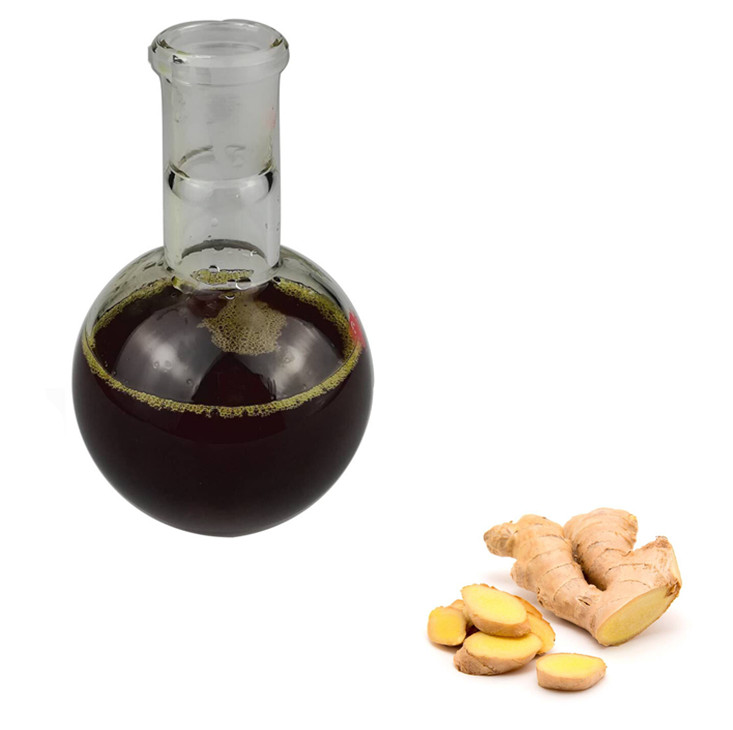Spirulina is recognized as one of the richest foods on the planet. Its many benefits are linked to its extraordinary composition – so what is spirulina actually made of? In this article, we will discuss the main ingredients of spirulina, normally containing proteins, lipids, carbohydrates, vitamins, minerals and pigments.
PROTEINS
Proteins are the building blocks of muscle and are second only to water in terms of their percentage of our bodies’ composition – water makes up almost 62% of our bodily weight, followed by proteins at 17%. They also provide the foundation for many metabolic processes (e.g., immune response and cellular repair) and constitute a large number of enzymes and hormones.
Each protein consists of a sequence using 20 amino acids, in the same way that a word consists of a sequence from among the 26 letters of the alphabet.
These amino acids may either be provided by a person’s diet or produced by the body – however, there are some that the body cannot produce. These are called the “essential amino acids” – there are 8 amino acids that are essential for adults and 10 for children. Animal proteins provide all of these essential amino acids in a typical modern diet; individual plant-based proteins, however, are incomplete.
Missing amino acids become limiting factors with regard to the production of the proteins that use them – so, over the long term, an essential amino acid deficiency ends up having the same effects as a protein deficiency. It is thus important to vary one’s vegetable protein sources, in order to take in all of the essential amino acids.
Spirulina is very rich in proteins (60-70% of its dry weight) of high biological value, containing all of the essential amino acids needed by both adults and children. Spirulina’s membrane is easily dissolved by gastric acid, which ensures that these 20 amino acids are assimilated well by the body.
LIPIDS
Lipids constitute about 14% of our weight and are structural components of our cell membranes. They are organized in double layers, in order to insulate the cell interior from the environment that surrounds it. The form of these lipids alters the flexibility of the membrane and influences the quality of message transmission between cells.
Lipids are also found in the nervous system; they make up 60% of the brain. They also create sheathes around our nerves, allowing for much faster transmission of information.
Finally, the lipids contained in adipose tissue play a role in energy storage and thermal regulation.
The lipids in spirulina represent 2-4% of its total weight. They feature an ideal balance between omega-3 and omega-6 fatty acids. Spirulina is particularly rich in essential fatty acids, with a high content of alpha-linolenic acid (ALA) and gamma-linolenic acid (GLA), which play a role in hormone synthesis. GLA can be found only in borage, evening primrose, and blackcurrant oils, in breast milk, and in spirulina. Dihomo-gamma-linolenic acid (DGLA), in particular, is present only in breast milk and spirulina. These fatty acids are either provided by the diet or formed by the body using omega-6.
CARBOHYDRATES
Carbohydrates represent 1.5% of our body and provide a direct energy supply from food. When glucose is consumed, a portion of it is immediately integrated into our cells thanks to insulin, while the rest is stored in the liver and muscles as glycogen –the form of energy reserves that is quickly accessible by the body.
About 20% of dried spirulina consists of carbohydrates, mainly in the form of glycogen and rhamnose. Glycogen is the form of storage of carbohydrates in the body that can be quickly mobilized. These two sugars have only a very slight effect on blood sugar levels, insulin, and the pancreas.
VITAMINS
Vitamins are responsible for cellular metabolism, development, and protection. Other than vitamin D, which is synthesized by the skin, all vitamins must be ingested via our diet – thirteen are currently known, although their roles have not all been fully identified. Some vitamins can be stored in the body’s fatty tissue or in the liver and muscles (vitamins A, B9, B12, D, and E).
MINERALS
Minerals constitute 6% of our body weight. They are found in particularly large amounts in the skeletal system, and must be taken in as part of one’s diet. The most interesting minerals present in spirulina are the following:
1. Calcium:
Spirulina contains as much calcium as whole milk.
2. Iron:
Spirulina contains iron that is highly assimilable by the body.
3. Magnesium:
Spirulina contains a high magnesium content – 10% more than dark chocolate with 70% cacao.
PIGMENTS
Spirulina is a type of blue-green microalgae that contains a large number of pigments.
1. Phycocyanin:
The most extraordinary component of spirulina.
2. Carotenoids:
This family of pigments includes β-carotene, which is especially well represented in the composition of spirulina – containing 20-25x as much β-carotene as carrots.
3. Chlorophyll:
The photosynthesis pigment, which makes up 1% of spirulina.
Are you looking to buy quality organic spirulina powder at wholesale price? If so, Hefei Dielegance Biotechnology Co., Ltd. would be your trustworthy supplier and manufacturer for best organic spirulina powder. For more product details, you can check information on our product page Organic Spirulina Powder or contact us via email address simon@dielegancebiotech.com.
High quality organic spirulina powder is one of our most competitive products with stocks available all year round. By providing superior quality, we establish long-term relationships with our clients.
Sources
[1] Teuling E. & al. (2017) Comparison of Protein Extracts from Various Unicellular Green Sources. J Agric Food Chem. 2017 Sep 13;65(36):7989-8002. doi: 10.1021/acs.jafc.7b01788.
[2] Otles S. & al. : Fatty acid composition of Chlorella and Spirulina microalgae species. J AOAC Int. 2001 Nov-Dec;84(6):1708-14.





